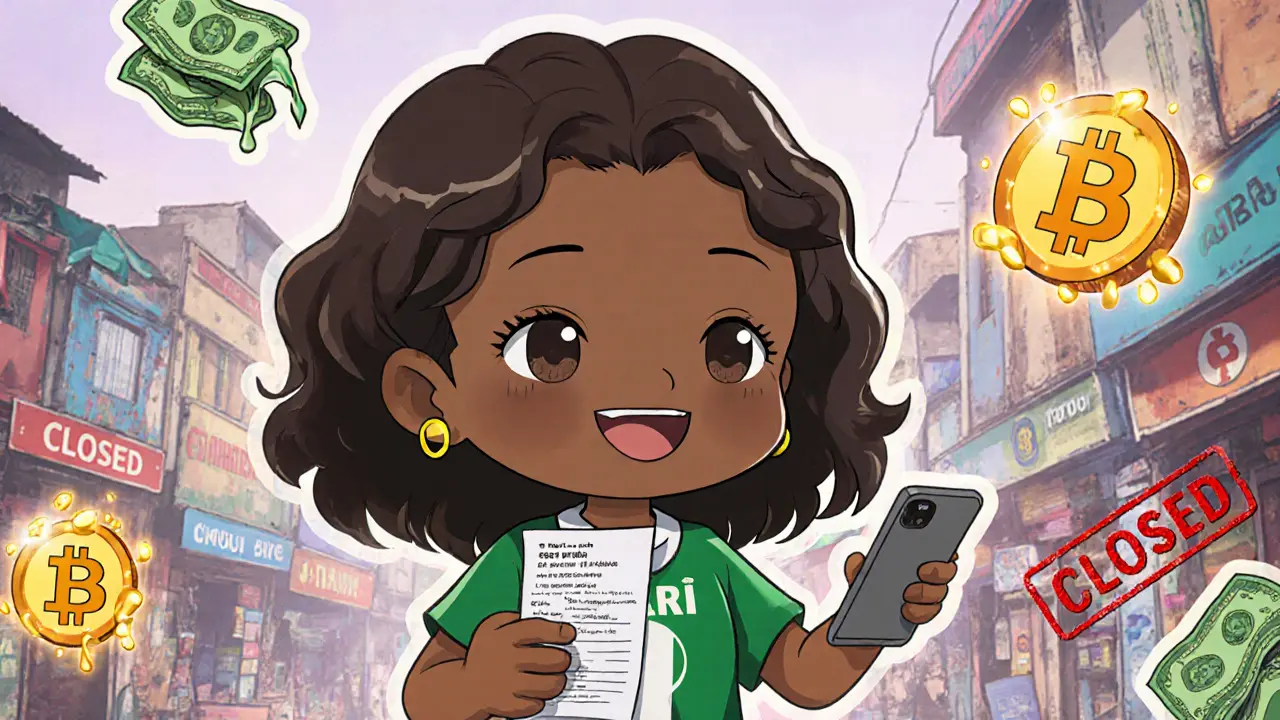Peer-to-Peer Crypto: How Direct Crypto Trading Works and Where to Do It Safely
When you trade peer-to-peer crypto, a system where buyers and sellers exchange cryptocurrency directly without a central exchange. Also known as P2P trading, it’s how people in countries with strict banking rules buy Bitcoin from neighbors using cash, bank transfers, or mobile wallets. This isn’t theory—it’s how millions trade daily, especially where banks block crypto or where exchanges like Binance are banned.
Peer-to-peer crypto relies on platforms that connect traders, but they don’t hold your money. That’s the big difference from centralized exchanges. Instead, the platform acts like a middleman that holds your crypto in escrow until you confirm payment. You send cash via PayPal, Zelle, or bank deposit, then the seller releases the crypto. It sounds simple, but risks are real. Scammers fake payment screenshots. Some platforms have zero KYC, which sounds great until you get trapped in a dispute with no customer support. That’s why no KYC crypto, trading without identity verification. Also known as anonymous crypto trading, it’s popular in places like Turkey and Egypt, where governments monitor transactions closely. But if you skip identity checks, you lose legal protection. And if the platform vanishes, your funds vanish too.
Regulations are catching up. Australia now blocks privacy coins on major exchanges, pushing traders to P2P networks. Turkey’s 2021 payment ban didn’t stop crypto—it just moved it offline. In Iran, miners follow strict state rules, but individuals still use P2P to bypass capital controls. Even in the U.S., some users turn to P2P to avoid bank freezes on crypto purchases. That’s why crypto regulation, government rules that shape how, where, and who can trade digital assets. Also known as cryptocurrency laws, it’s the invisible force behind every P2P trade. The rules change fast. What’s legal today might be blocked tomorrow.
What you’ll find here aren’t generic guides. These are real reviews of platforms like DueDEX and Ultron Swap—places where people actually trade P2P. Some are risky. Some are scams. Others are quietly useful. You’ll see which ones have real volume, which ones hide behind fake numbers, and which ones are just ghost towns. You’ll also learn how to spot a fake escrow system, how to protect yourself without KYC, and why some crypto tokens like LUCIC or RP1 show up in P2P trades even though they’re nearly worthless. This isn’t about hype. It’s about what actually works when you’re trading directly with another person—and what to avoid before you lose money.
